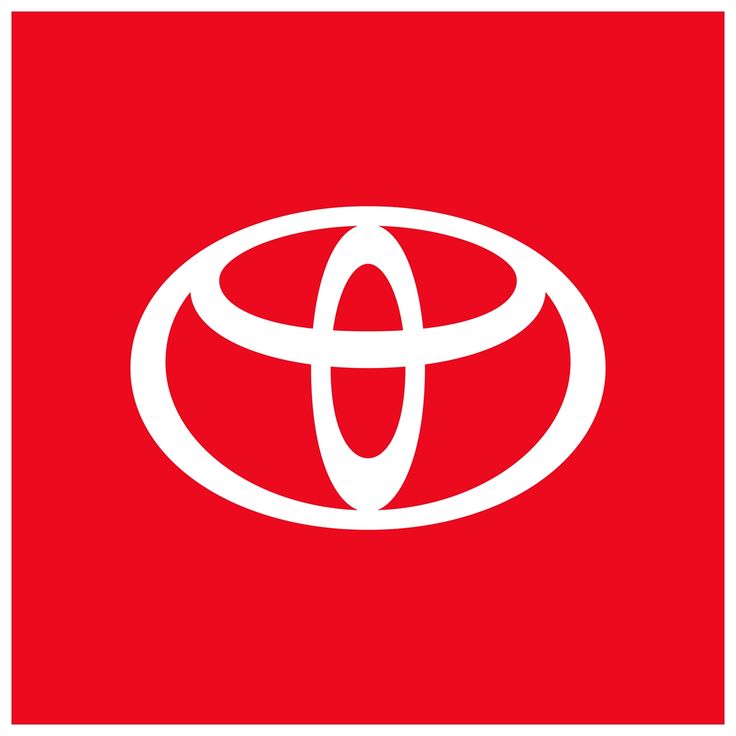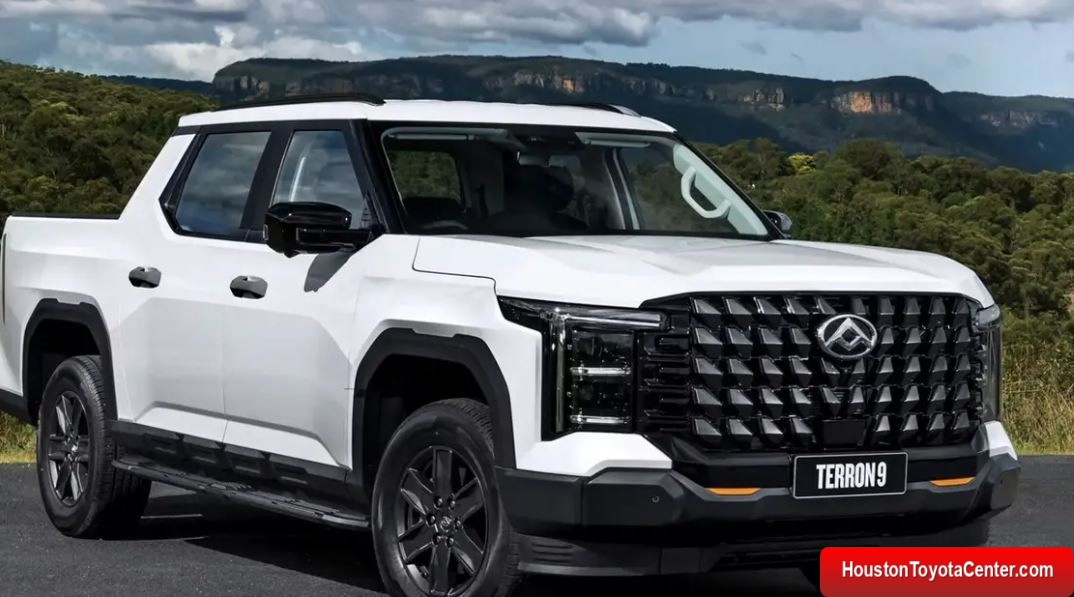Volkswagen has officially confirmed the arrival of a new generation of the Amarok, set to be produced in South America from 2027. But this isn’t just a facelift — it’s a major shift in strategy. The next Amarok will:
- Be based on a Chinese pickup from SAIC.
- Feature a hybrid powertrain.
- Be manufactured in Argentina with a massive US$580 million investment.
- Become exclusive to the South American market.
🔧 A Globalized Pickup with a Hybrid Future
Unlike the current Amarok — which is still produced regionally and remains rooted in German engineering — the 2027 model is the result of a strategic partnership with China’s SAIC. The base for the new Amarok is the Maxus Interstellar X, known in some markets as the LDV Terron 9.
This means the platform, proportions, interior, and possibly much of the bodywork will reflect Chinese design, albeit with a distinct Volkswagen identity at the front, including:
- Exclusive grille
- Single-bar LED headlights
- Robust bumpers
- Sculpted hood
💬 Volkswagen is blending German heritage with Asian efficiency to stay competitive.
🛠️ Manufacturing & Specs at a Glance
| Feature | Details |
|---|---|
| Production Start | 2027 |
| Location | General Pacheco Plant, Argentina |
| Investment | US$580 million |
| Platform Origin | Chinese Maxus Interstellar X / LDV Terron 9 |
| Powertrain | Hybrid (details on power/range not released yet) |
| Chassis Type | Body-on-frame (ladder-type) |
| Length | 5.5 meters |
| Wheelbase | 3.3 meters |
| Design Influence | Front exclusive to VW, rest largely based on Chinese pickup design |
| Market Availability | South America only (diesel Amarok remains for other global markets) |
⚙️ Why This Shift Matters
This isn’t just about the Amarok. It signals a wider trend among automakers to cut development costs, shorten launch times, and tailor global vehicles to local markets.
FREE: Quickly identify and understand problems with your vehicle 🚘
CLICK HEREJust like Stellantis did with Chinese pickups rebranded as:
- Fiat Titano
- Peugeot Landtrek
- Ram 1200
Volkswagen is taking a bold, cost-effective path to meet the region’s demand — especially as environmental regulations tighten and consumer preferences shift toward electrified powertrains.
🛑 What Happens to the Diesel Amarok?
The current diesel-powered Amarok will continue to be sold in non-South American markets, maintaining VW’s traditional offering in countries where hybridization isn’t yet mandatory or in high demand.
🌍 Final Thoughts: The Hybrid Amarok is a Turning Point
Volkswagen’s decision to globalize its development process and go hybrid in South America is both strategic and symbolic. It reflects:
- A response to environmental concerns
- The need for cost efficiency
- The global trend of Asian partnerships in auto manufacturing
The Amarok is no longer just German. It’s global — with Chinese DNA and South American roots.
Whether traditional VW fans will embrace this “hybrid heritage” remains to be seen — but one thing’s clear: the 2027 Amarok will change the game in the midsize pickup market.


Leave a Reply